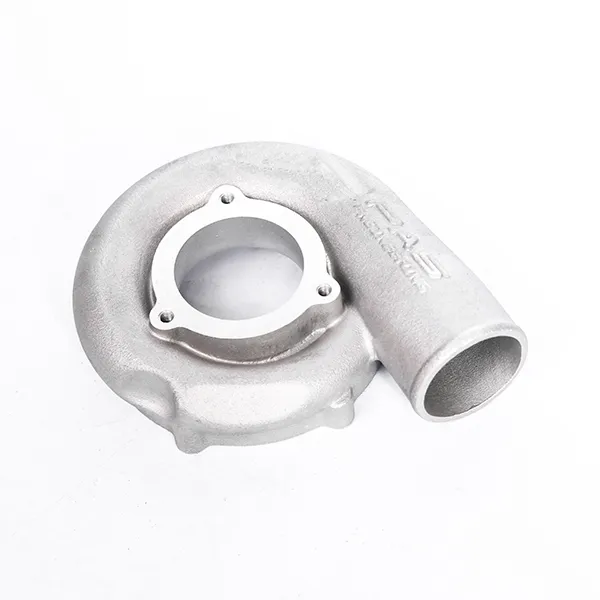Mobile:+86-311-808-126-83
Email:info@ydcastings.com
types of impeller in bioreactor
Types of Impellers in Bioreactors
Bioreactors are critical components in bioprocessing, providing controlled environments for the growth of microorganisms and cells. The design of the bioreactor, particularly the impeller system, significantly influences the mixing, oxygen transfer, and overall efficiency of the process. Various types of impellers are utilized in bioreactors, each designed to meet specific operational requirements.
1. Rushton Turbine This is one of the most common types of impellers used in bioreactors, especially for liquid-liquid systems. The Rushton turbine features a flat blade design that promotes effective mixing and a high degree of shear, which is ideal for aeration processes. Its radial flow patterns facilitate the breakdown of gas bubbles, enhancing oxygen transfer rates.
2. Pitch Blade Turbine The pitch blade turbine is designed with blades that are angled, allowing for a more axial flow. This design helps in maintaining a uniform flow pattern and is particularly useful in larger bioreactors. The adjustable blade angles can also be beneficial in accommodating various process requirements, from gentle mixing to more aggressive shear forces.
3. Anchor Impeller Commonly used in viscous media, anchor impellers have a unique design that allows them to scrape the walls of the bioreactor, preventing material accumulation. This feature is crucial for processes that involve high viscosity fluids, as it ensures uniform mixing and optimal mass transfer.
types of impeller in bioreactor

4. Helical Ribbon Impeller This type of impeller is specifically designed for highly viscous materials. The helical ribbon impeller provides a gentle mixing action while effectively promoting flow along the length of the vessel. Its ability to handle non-Newtonian fluids makes it a favored choice in specific bioprocess applications.
5. Disc-Type Turbine Characterized by their compact design and high mixing efficiency, disc-type turbines are effective in cases where space is limited. These impellers can operate effectively in both batch and continuous processes, making them versatile in various applications.
6. Side-Entry Impellers Used primarily in large-scale bioreactors, side-entry impellers are designed to introduce fluid from the side of the tank rather than from the top. This design aids in achieving good mixing and is less prone to foam formation, thus restricting oxygen loss during cellular respiration.
In summary, the choice of impeller in a bioreactor greatly affects the efficiency of mixing, mass transfer, and the overall success of the bioprocess. Understanding the properties of different impellers helps operators select the most effective design for their specific application, leading to optimal performance in biotechnological processes.
-
Why Should You Invest in Superior Pump Castings for Your Equipment?NewsJun.09,2025
-
Unlock Performance Potential with Stainless Impellers and Aluminum End CapsNewsJun.09,2025
-
Revolutionize Your Machinery with Superior Cast Iron and Aluminum ComponentsNewsJun.09,2025
-
Revolutionize Fluid Dynamics with Premium Pump ComponentsNewsJun.09,2025
-
Optimizing Industrial Systems with Essential Valve ComponentsNewsJun.09,2025
-
Elevate Grid Efficiency with High-Precision Power CastingsNewsJun.09,2025











